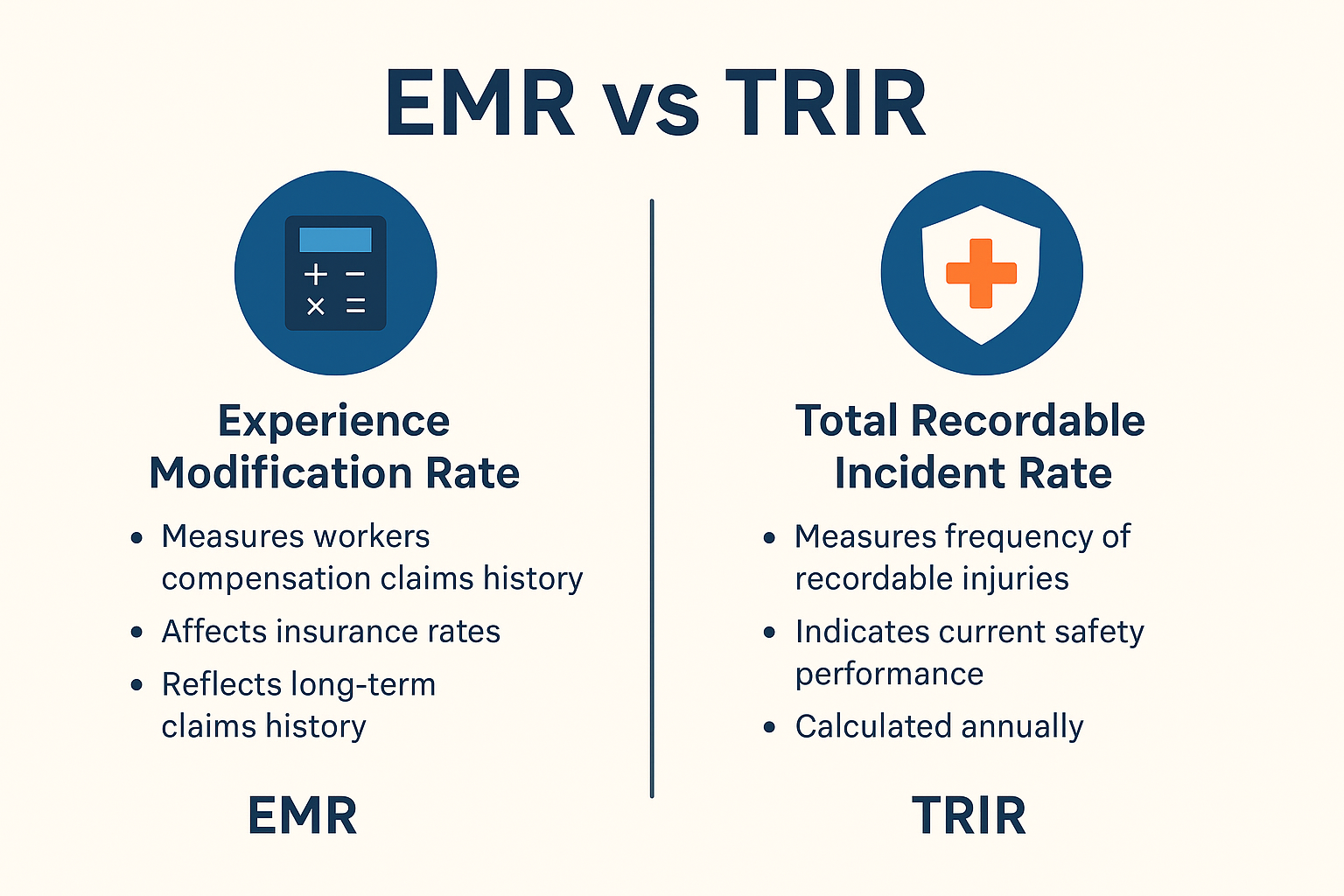Environmental audits help organizations stay aligned with regulations and reduce potential environmental risks. Many facilities face challenges meeting these standards because of outdated processes or incomplete reviews.
A clear and simple checklist helps teams stay focused, organized, and prepared. It also creates a repeatable process that supports long-term environmental performance.
Companies need a way to track compliance without wasting time on unclear steps. A quick environmental audit checklist brings structure to routine reviews. It helps spot areas that need attention and gives you a clearer picture of current practices.
In this article, you’ll learn how to use each part of the checklist, what to evaluate, and how it fits into everyday operations.
1. General Facility Information
You need solid records before reviewing site operations. Write down your facility’s name, location, number of workers, and key environmental contacts. Add a clear site map with chemical zones, drains, and material storage.
Organize tasks into a child menu so everyone knows their role. Keep your environmental policy updated to reflect current activities. That helps guide team decisions and improve daily operations.
Clean records support better internal audits, help you conduct inspections quickly, and reduce your environmental footprint. Accurate files also make it easier to prepare your final report and share findings with environmental auditors.
2. Air Emissions Compliance
Clean Air Act penalties rose by 7% in 2024, according to August Mack Environmental. Daily fines now reach up to $117,000, and some violations may cost as much as $446,000. Your permits should stay active, and stack emissions need routine checks to avoid these charges.
Instruct your team to evaluate readings, find any errors, and apply corrective actions early. Log fuel use, test results, and equipment conditions for each emission point. Unrecorded changes lead to non-compliance and permit risks.
Well-documented emissions, on the other hand, reduce legal exposure and show that your facilities follow all environmental regulations. Add these checks to your regular audit and use the results to improve performance.
3. Water Discharge and Stormwater
Track every drain, pipe, and discharge point across your site. Check stormwater flow monthly and confirm all drains stay clear.
Document water usage and update site maps when changes happen. You need test results to assess pollutants and stop leaks before they reach the surrounding land. Add drain inspections to your routine audit list.
When you find problems, fix them and record corrective actions in your logs. Federal guidance requires frequent reviews, so use your results to protect water quality and reduce your environmental impact.
4. Hazardous Waste Management Practices
EPA inspectors often cite violations for missing labels and open containers. To avoid these issues, track the movement, type, and disposal of each drum using consistent logs. All hazardous waste drums should have proper labels, sealed lids, and accurate storage dates.
Apply reliable waste management practices to keep your team safe and your site organized. Every disposal event needs a full record and a contractor log. During each audit, inspect the area, document your findings, and list any issues.
Late pickups, spills, or improper storage lead to fines. Record each action and submit updates in your next report to stay in compliance.
5. Chemical Storage and Spill Prevention
Walk through each chemical zone to check for cracked containers, rust, or leaks. Label all materials and verify that spill kits remain stocked. Secondary containment must hold at least 110% of the largest container’s volume.
EPA guidance warns that unmanaged spills can cost businesses over $25,000 each day. If you want to avoid those penalties, include spill readiness in your inspection program. For instance, list staff roles, contact details, and the exact steps to follow during a spill.
Train workers on how to act fast and keep records for every drill. Use your audit results to track progress and improve response times.
6. Emergency Preparedness and Employee Training
Look at fire alarms, eye wash stations, exit signs, and emergency kits. Confirm that every tool works, and nothing is expired or missing. OSHA and EPA both require regular training for response teams.
Keep copies of class sign-in sheets and material checklists. Training logs should show who attended and what was covered. Include this step in your regular audit so nothing gets missed.
You also need to run drills based on the hazards at your site. Use the results to evaluate how well your workers follow plans and meet your safety programs.
7. Recordkeeping and Documentation
Build a central system for your logs, test results, permits, and checklists. Each file should be dated, verified, and stored where staff can find it fast. EPA inspections often flag companies for missing paperwork.
Track updates after each audit and add review notes to every file. Strong data helps you prove your site follows laws and avoids repeated tasks. You also need these records for internal audits, yearly reviews, and external inspections.
When documents go missing, record the issue, explain it, and fix it. Organized files show that your facilities respect compliance.
8. Site Housekeeping and Waste Reduction
Walk your site and look for spills, leaks, and clutter. Poor housekeeping causes fines and delays. You should follow good waste management habits like sealing bins, labeling containers, and keeping paths clear. Use simple cleaning schedules and mark who’s responsible.
Add these checks to your audit routine. Your team should note every cleanup issue and write down how quickly it was fixed. EPA audits often catch violations tied to neglected spaces.
Tie your cleanup plan to your environmental policy and use it to support better environmental performance year-round.
9. Environmental Signage and Labels
Inspect every label, safety sign, and warning post at your site. Compare written rules to what’s visible on containers and in work zones.
Labels must list hazard type, handling rules, and the material’s name. Signs need to face open areas and stay in good condition.
EPA and OSHA both list sign clarity as a key inspection point, and faded or missing labels lead to fines. Include this check in your training programs so new staff understand what the signs mean. Your next audit should track every label update and confirm full coverage across all areas.
10. Compliance Review
Finish the checklist by reviewing what you found. Build a list of open tasks, overdue inspections, and follow-ups. Use this list to assign deadlines and track who owns each action. The final audit section helps your team plan next steps and fix weak spots.
Poor follow-up could lead to violations across companies. Focus on developing stronger logs, better forms, and faster updates. You don’t need perfection, but your team must stay on task.
Every report should reflect action taken, not just problems listed. That shows you’re complying with actual expectations.
Nail Your Audits Every Time With EHS Momentum
Strong audits need more than checklists. You also need a tool that tracks tasks, builds reports, and keeps your team moving. MyMomentum, built by EHS Momentum, gives you a simple way to manage audits and improve results without wasting time on spreadsheets or scattered files.
You can connect every checklist item to real actions. See what’s working, what needs attention, and who’s responsible.
Use MyMomentum to:
- Assign audit tasks with clear owners and deadlines
- Track and complete corrective actions quickly
- Log inspections, training, and permit records in one place
- Run internal audits using a phone, tablet, or desktop
- Monitor all locations from a single dashboard
You already know what to audit, but MyMomentum helps you act on it. Book a demo to get started!
FAQs About Environmental Audit Checklist
What is an environmental audit checklist?
An environmental audit checklist is a structured tool that helps organizations review their operations for compliance with environmental regulations. It supports continuous improvement by making it easier to track findings, assign follow-ups, and document every step.
What are the five audit checklists?
The five audit checklists often include general facility data, air emissions, water discharge, hazardous waste, and emergency planning. These areas help teams identify gaps, maintain records, and fix issues across the site.
What is required for an environmental audit?
To conduct an environmental audit, you need updated permits, inspection logs, training records, a site map, and a clear environmental audit checklist tied to your current procedures.
What questions should I ask in an environmental audit?
Ask questions that focus on emissions limits, stormwater plans, chemical storage, and inspection schedules. Each one should support your goal of developing a safer program and keeping your organization compliant.







